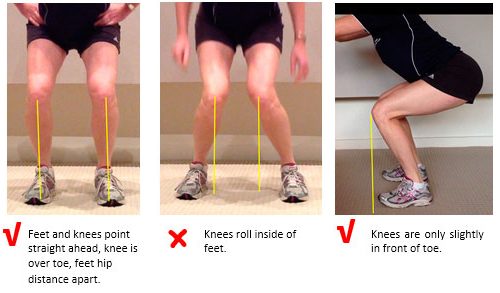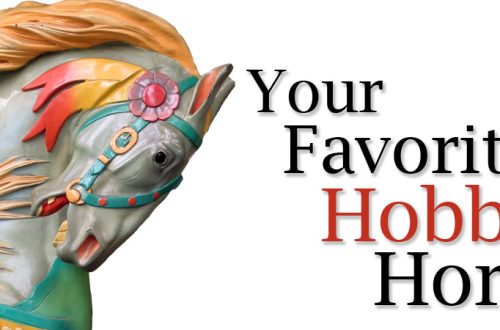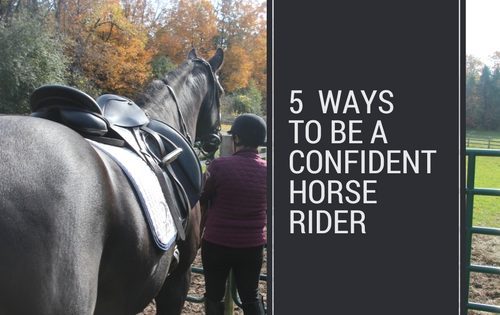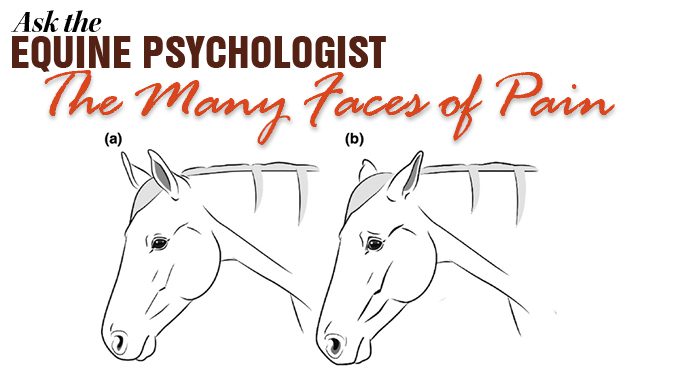
How do you know if a horse is in pain?
Despite the fact that the horse does not speak, it can speak. Thanks to developed body language, our partner can clearly tell us when he is angry, afraid or in pain. But how can we understand it?
On our site you can already find articles about fear. Today we are going to talk about pain.
 Photo Shoot: pexels.com
Photo Shoot: pexels.com
Common signs of pain
A horse can experience pain for various reasons: internal or external. But the general “picture” of behavior will be similar:
- loss of appetite;
- unusual behavior (the horse is always active, but today it is drooping, and vice versa);
- general restlessness or apathy;
- frequent twitching of the ears;
- lack of desire to contact a person or other animals (in a herd, a horse can stay away from the group).
If you spend a lot of time with your horse and know his normal conditions, you can easily notice even the slightest change in them.
It is not always possible to see all the signs at once. Sometimes the pain experienced can be expressed in only one symptom. Still, do not forget that the horse is a victim animal, so it tends to hide its discomfort until it becomes intolerable. However, pain is a very strong feeling, so it will distort the horse’s facial expressions anyway.
Mimicry of pain
- Eyes
Tension appears under the eyes, and the muscles around, on the contrary, stretch – the eye takes on an angular look, a “house”. The look becomes distant and tense. There may also be characteristic dimples and a more prominent sclera (white) in the inner corner of the eye. The horse will either blink frequently, or vice versa, not completely close his eyes (half blinking).
- Nose
As a rule, the nostrils are dilated, have a “square” open shape, which may cause wrinkles between the nostrils. The horse will either breathe deeply slowly, or vice versa too shallowly and quickly. In addition, breathing may be accompanied by wheezing, whistling or moaning.
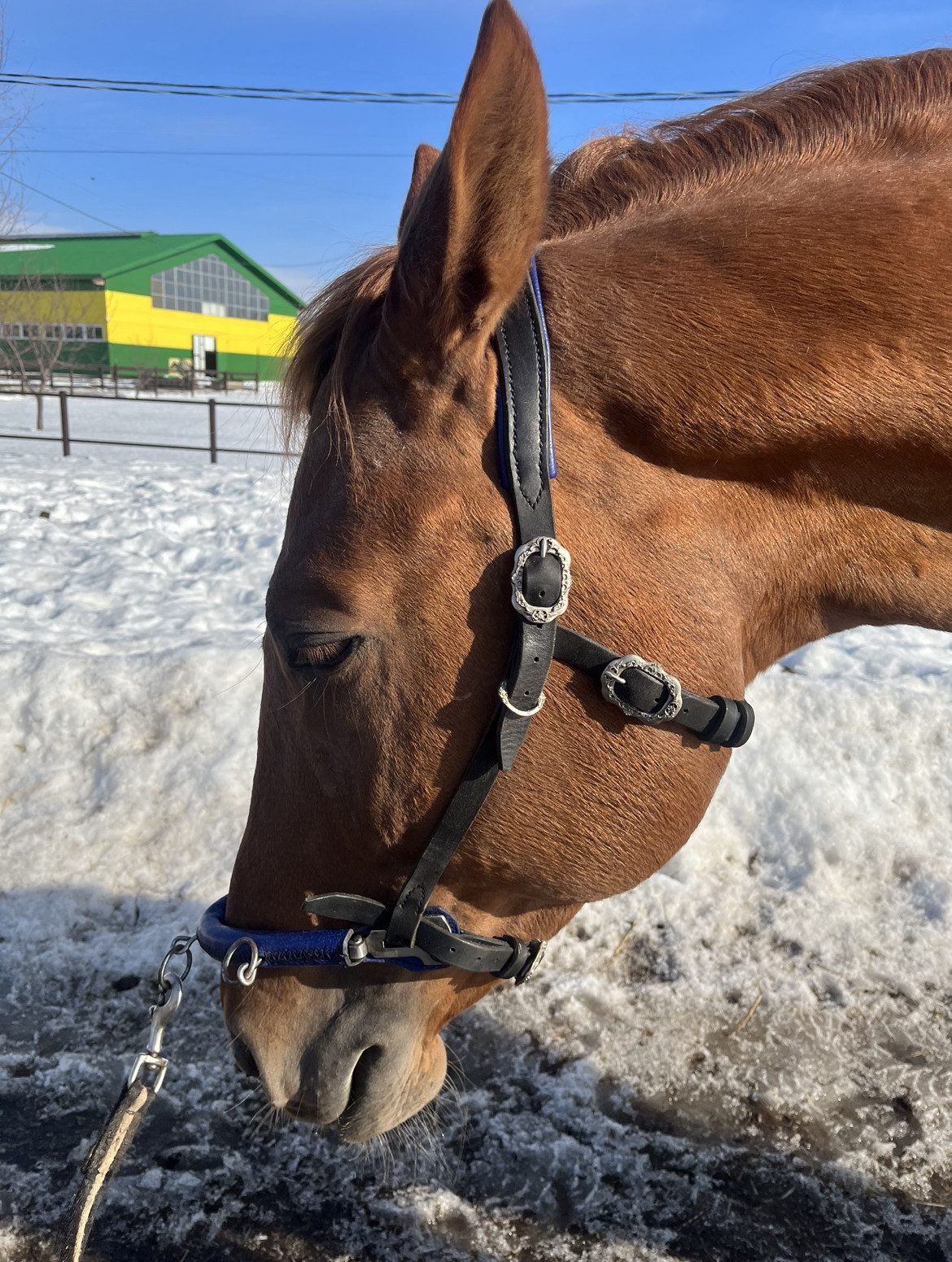 Photo: Prokoni.ru editors
Photo: Prokoni.ru editors
- Mouth
With pain, you will notice an increased tone of the lips and tension in the chin area. Thus, the muzzle as a whole becomes more fringed in shape.
The pain from the iron, the noseband, or the hard hand of the rider is manifested through an open, tense mouth, which is often accompanied by protrusion and tossing of the tongue.
If your horse is concerned about problems in the oral cavity (teeth, gums), then most often he will spit out food, malnourished, chew it badly. As a result, weight loss will occur. The horse may also begin to refuse to put on a bridle or halter.
A sharp pain will immediately cause tension in the area of the masticatory muscles, that is, the mouth will be strongly compressed. A characteristic creak may appear. Often a similar reaction can be seen at interchanges during cleaning or saddling.
- Head and neck
Pain in the forelegs usually provokes the horse to jerk his head up and down. It occurs when a horse steps on its foot while moving.
Shaking the head, neck, and pulling the reins can indicate pain in the mouth, which then most often develops into a habit.
- Legs
It is worth noting that if the horse is lame, then the pain is already severe. Usually it all starts with the “protection” of the leg. The horse may also refuse to lean on a particular leg or keep it suspended. Sometimes harmless “pulls” of the hind legs at the junctions (back and to the side) can also indicate discomfort.
The author’s horse, during colic, tried to relieve himself of abdominal pain with a similar stretch. – Ed.
- Ears
The final “marker” of pain is the ears. The distance between the ear canal will become larger: the ears drop to the sides and at the same time turn outward. The trajectory of their movement will be multidirectional and asymmetric.
Maintaining a decent level of horse welfare is the responsibility of any equestrian.
A good knowledge of the facial expressions of pain will help you notice even the smallest changes in the condition of the horse, so that you can relieve the pressure in training in time, and provide timely assistance in case of illness.
The article was prepared on the basis of the materials of the equine behavior consultant Irina Zorina



